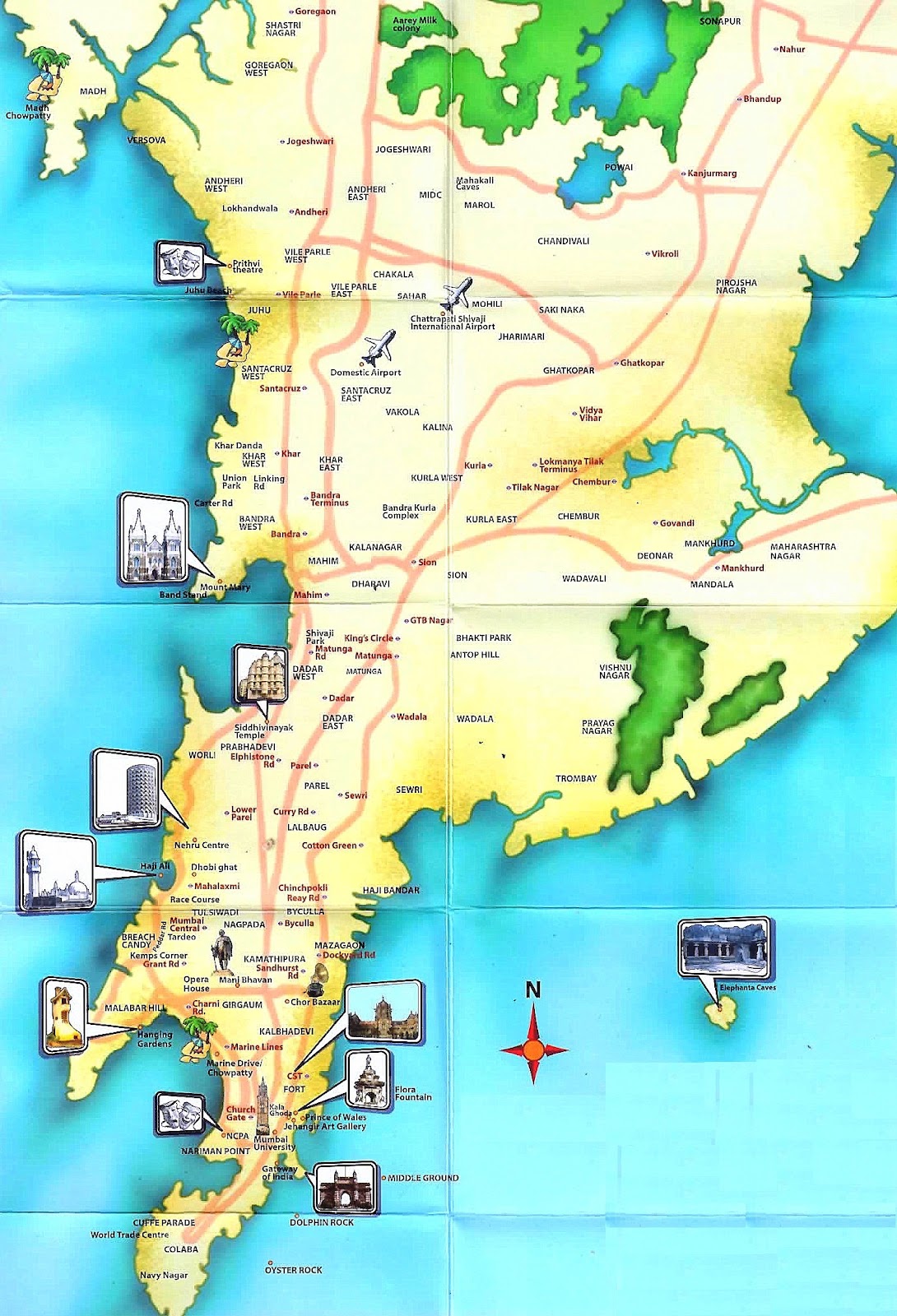Against LS polls, voter turnout rose by 4% in Maharashtra assembly polls, Maharashtra assembly elections 2014, Maharashtra election news updates, Maharashtra political news, latest and political news 2014
- Details
- Category: Maharashtra Political News
- Last Updated: Thursday, 22 January 2015 21:06
Against LS polls, voter turnout rose by 4% in Maharashtra assembly polls

The provisional numbers, released on Wednesday, had put the city turnout at 55%. All the same, this was the first time since 1995 that Mumbai crossed the 50% mark in assembly polls.
Voter Trunout of Mumbai :
- 2014 Assembly election Voter Turnout: 51%
- 2009 Assembly election Voter Turnout: 45%
- 2014 LS election Voter Turnout: 53%
Unlike Mumbai, there was not a sizeable difference between the provisional and corrected Maharashtra voting percentages. While the provisional state tally was 65%, the final figure was 64%, still higher than both the 2009 assembly poll turnout and the 2014 LS turnout.
Although most Mumbai constituencies improved on the voting percentages of 2009 assembly polls, three constituencies bucked the trend. In Magathane, against 54.1% in 2009, the turnout stood at 52.7% on Wednesday.
The other two segments that witnessed a drop were:
- Vikhroli (51.6% in 2014 and 52.4% in 2009)
- Mankhurd-Shivaji Nagar (41.3% in 2014 and 42.2% in 2009).
Many of these areas, political observers said, have a strong presence of lowerand lower-middleclass population.
In another three assembly segments, the voting percentage remained roughly the same:
- Goregaon (48.5% in 2014 and 48% in 2009),
- Anushakti Nagar (46.7% in 2014 and 46.1% in 2009),
- Chembur (49.7% in 2014 and 49% in 2009).
Speaking on the difference between Mumbai's voting percentage and the state average, experts working with the Election Commission explained that nearly 14% of the total voters form the city's shifting population. "These voters do not have photos on their identity cards. They are unable to get themselves on the electoral lists because they keep moving to different places within or outside the city. The commission recently reached out to such people through letters, but only over 4,000 people re-registered," an expert pointed out.


